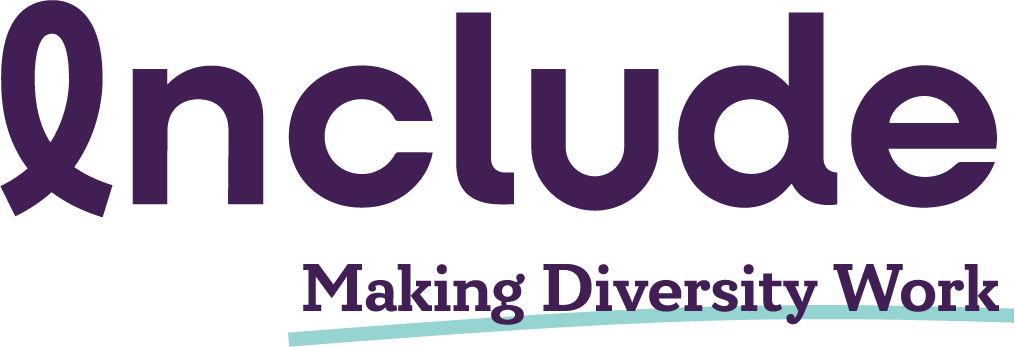Recently, the Singaporean government made the decision to repeal section 377a, a law that criminalised consensual sex between two men. Although this decision was many, many years in the making (Radics 2013), the repeal then prompted the question: what next?
With the repeal of section 377A, attention now turns towards addressing other crucial aspects of LGBT rights in Singapore. Although this development signifies progress, there are still hurdles to overcome. Notably, Singaporeans express scepticism towards gay marriage in Singapore, as revealed in a 2022 survey of 650 Singaporeans, carried out by Blackbox.
For many people around the world, same-sex marriage serves as a yardstick to measure acceptance of, or freedom for, LGBT people. The ‘pink line’ (Gevisser 2020) seems to be the boundary that separates liberty and oppression, good and evil, and modern and traditional.
In recent years, with the increasing visibility and influence of the global gay rights movement, there has been a marked shift from a focus on liberation to an emphasis on assimilation. This shift revolves around the belief that ‘we are just like you’ and that ‘we can be good citizens just like you’. Notwithstanding the definition of ‘good citizen’ and who gets to determine that, this assimilationist approach to activism has led to the inclusion of certain LGBT people into heteronormative practices and institutions, such as marriage, the workplace, the military, and other heteronormative domains.
What is heteronormativity?
Simply put, heteronormativity is the idea that heterosexuality is the implied standard for all people. One fundamental aspect of heteronormativity involves gender: a man or a woman. Gender and more importantly, what gender entails, are key to understanding heteronormativity.
Heteronormativity as a system goes beyond individual behaviours, and forms the basis of societal institutions. For example, think of the prevailing notion of the ideal family. When envisioning an ideal family, many people will picture two people, a man and a woman, married, with biological children. This idea of the traditional family is often reinforced in policies, government frameworks, and widely accepted as the normative way of life.
So a key question is: why do queer people advocate for gay marriage, if marriage itself is considered a heteronormative institution?
Related to the idea of heteronormativity is homonormativity (Duggan 2002).
What is homonormativity?
Homonormativity is twofold: the first part of the concept is the assimilation or absorption of heteronormative ideals and values into queer culture and identities. The second part of homonormativity is the effect of it: since heteronormativity is seen as the default standard, those who are homonormative are often privileged within society. This privilege grants them access to social, economic and cultural capital, enabling upward mobility and greater opportunities for participation in various spheres of society.
Consequently, within a heteronormative society, queer people often feel compelled to be homonormative. Failure to do so can lead to the denial of opportunities and hindered prospects for professional and personal growth.
Examples of homonormativity:
Robinson (2012) examined how homonormativity pressures trans and gender non-conforming individuals into a gender binary in order to align to hetero/homonormative values. This conformity acts as a barrier, preventing the disruption or resistance to the gender binary.
Mepschen et al (2010) explored attitudes in Europe that asserted the perceived incompatibility of queerness with Islam. The study found that queer Muslims often face marginalisation or are compelled to adopt white, straight, and Western ideals in order to be perceived as acceptable citizens.
Williams et al (2009) looked at the experiences of gay and lesbian individuals in gay-friendly workplaces. The study revealed a paradox where Hetero/homonormativity forces them to either make their queerness invisible (we are just like you) or conform to stereotypical expectations.
Stone (2010) analysed the professionalisation and corporate mainstreaming of gay activism. The research demonstrated that this approach often leads organisations to engage in single-issue politics. Rather than embracing intersectionality, it promotes a narrow and visible form of diversity that appeals to funding sources and reflects class biases within corporate cultures.
Both Taylor (2011) and Lester (2014) focused on the representations of LGBT individuals in children’s books. They found that LGBT/queer people are represented in a way that aligns with mainstream Western society’s perception of normality. This typically involves conforming to gender roles, having an interest in parenting, being portrayed as white, and upper middle class.
Furthermore, analysing 68 children’s books with queer characters found that the representation of queer identities in children’s books tend to reinforce heteronormativity rather than challenge it.
Lastly, a Canadian study (Barker 2012) showed that although legal recognition of same sex partnerships resulted in higher incomes for those already with high incomes, it resulted in lower incomes for low income LGBT people.
Allyship beyond hetero/homonormativity
So, what steps can we take to engage in allyship without perpetuating heteronormativity? It is essential to develop a strong awareness of what heteronormativity is and what it looks like as a foundation for meaningful allyship actions. Therefore, instead of telling you how to be an ally, we would like to recommend some resources that can broaden your understanding of the hetero and homonormativity that exists around us. By cultivating awareness, we can become more attuned to the biases and assumptions inherent in heteronormative structures. This in turn enables us to approach allyship with greater sensitivity and effectiveness. We suggest exploring the following resources:
Queer Asia: Decolonising and Reimagining Sexuality and Gender
The New Homonormativity: The Sexual Politics of Neoliberalism
Queer Singapore: Illiberal Citizenship and Mediated Cultures






